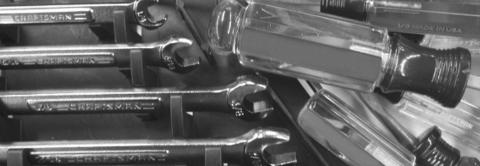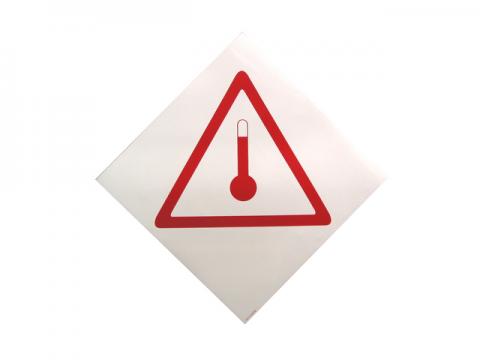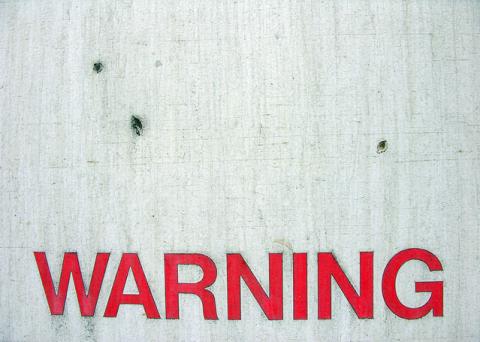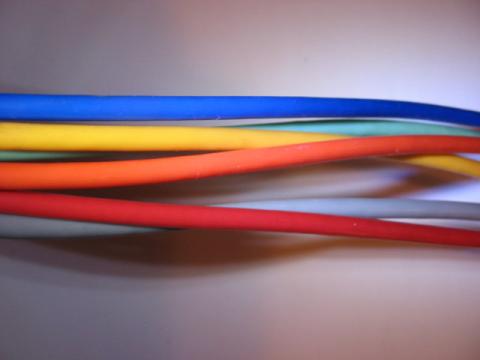Coil Coating Problems: Sensor Accuracy
Coil coating line managers report that they experience three basic problems in solvent vapor monitoring, last week we looked at maintenance issues, this week the focus is on accuracy:
Sensor accuracy is a problem. Because most analyzers have a wide solvent response factor, they must be checked and adjusted whenever there is a change in the solvents or coatings being run.









